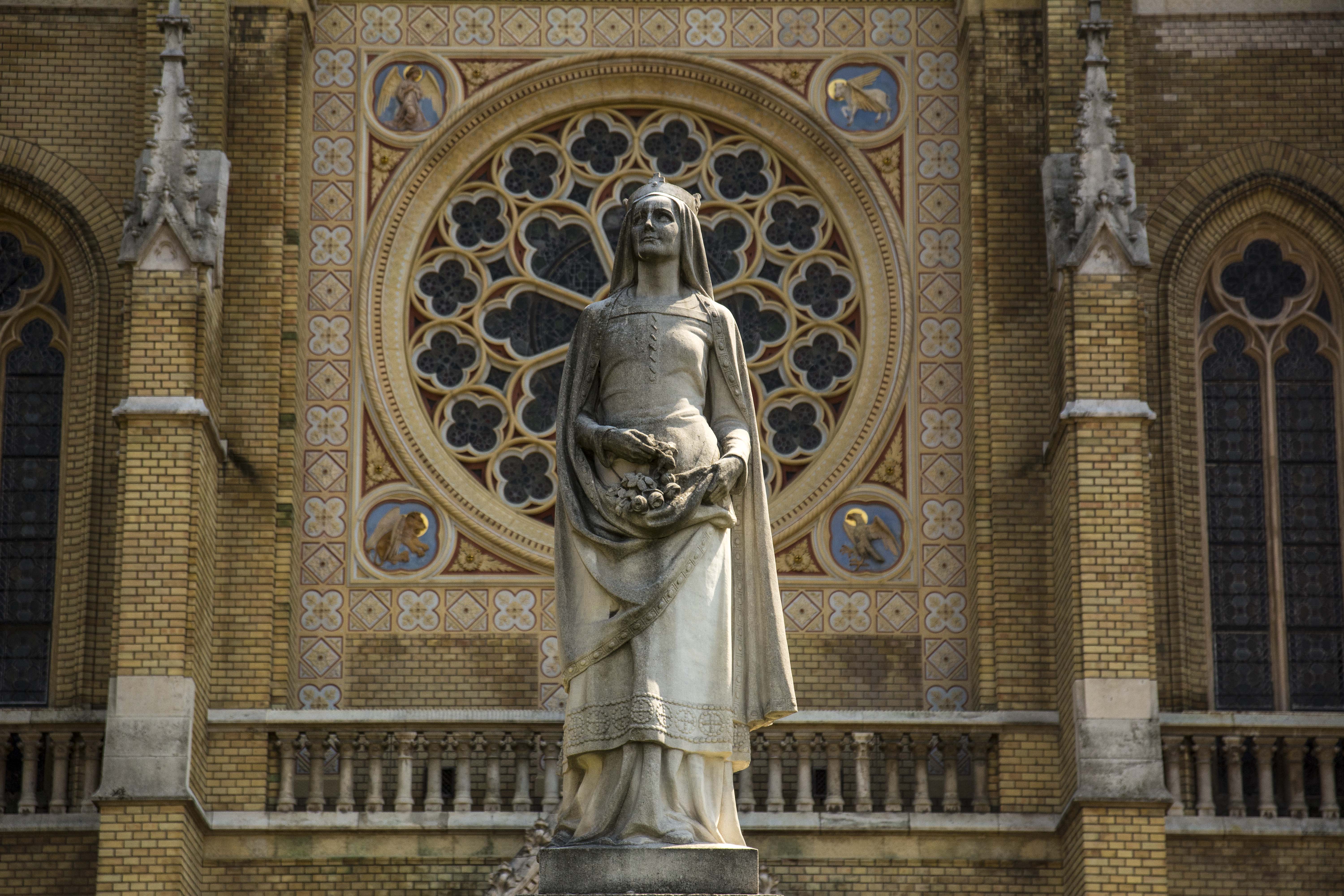As twin capital of the Austro-Hungarian Empire, Budapest attracted the most brilliant architects and craftsmen of the day, responsible for creating the city’s most iconic sights. The Opera House and New York Palace, Miklós Ybl and Alajos Hauszmann, are names intrinsically linked to the Golden Age. This dazzling ensemble would be incomplete without Imre Steindl, the mastermind behind the monumental Parliament building.
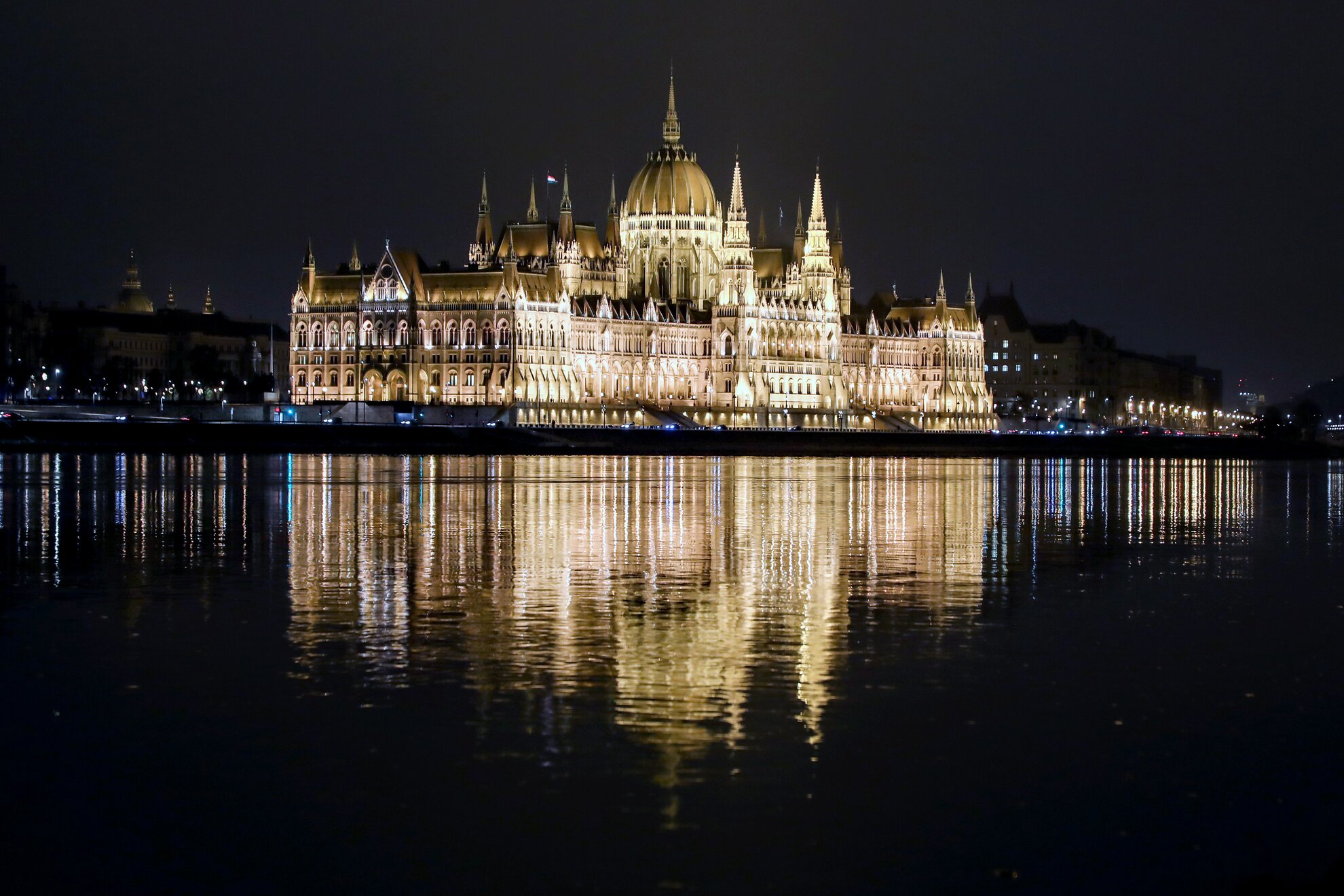
It is no exaggeration to call his masterpiece
monumental: the eye-catching Parliament building has justifiably earned this description both due
to its impressive size and widespread recognition which made Steindl a
celebrated figure.
Controversies surrounding it are nothing new – back in
Steindl’s day, Hungarians were ambivalent towards the building itself, as
opposed to the work done inside it. Despite its unassailable position as the
city’s leading attraction, the initial reception to Steindl’s concept was somewhat
critical: it was considered excessive and pretentious.
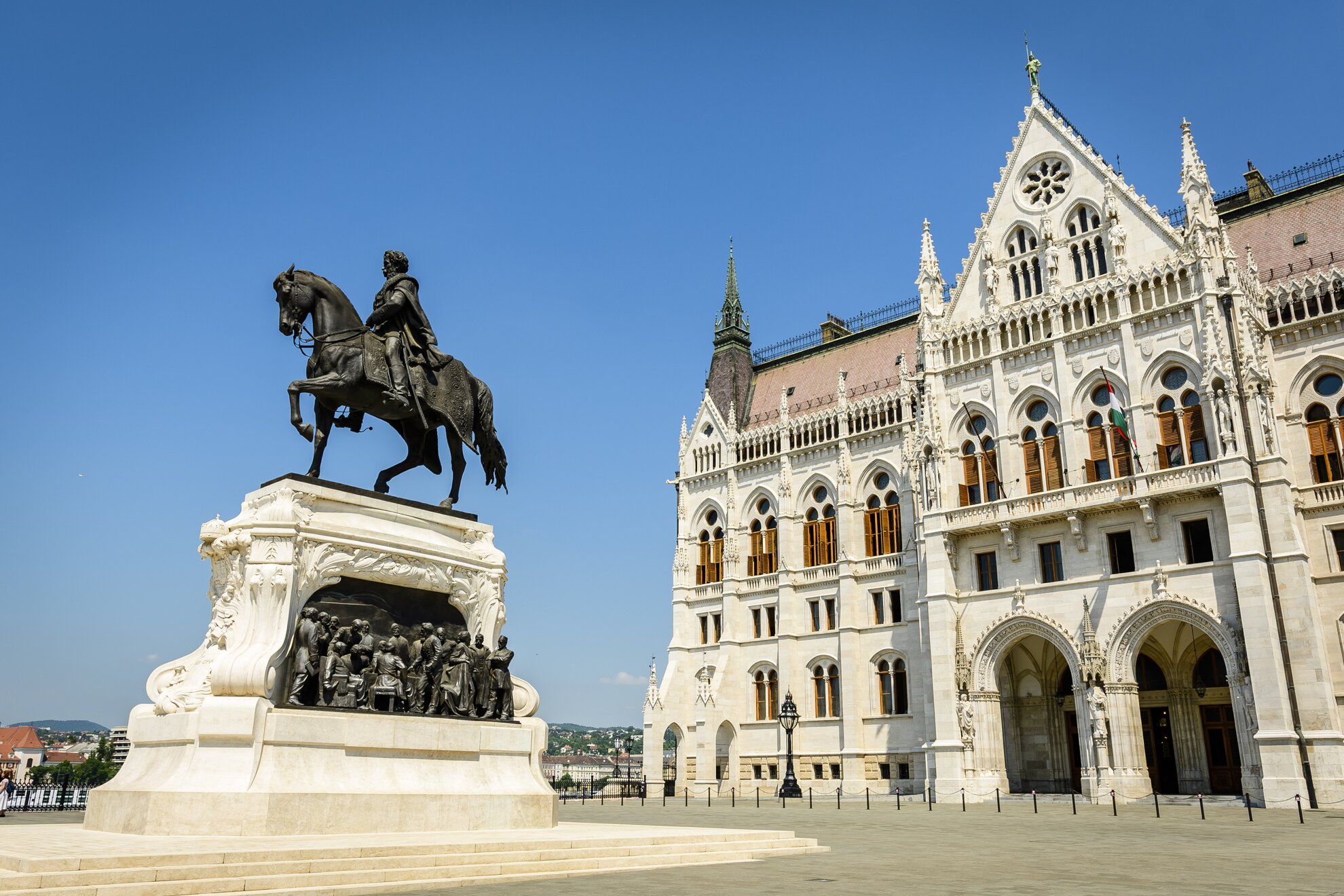
In the 1880s, a design competition was held to find the architect of the future parliamentary building, and Imre Steindl emerged as one of four winners from the 19 contestants. Rumour has it that Count Gyula Andrássy – former prime minister of Hungary – lobbied hard for Steindl as he wanted the Gothic splendour of London’s Westminster to be recreated on the banks of the Danube.
Steindl was a firm believer in lasting design and time-honoured tradition, and didn’t want to reinvent the wheel for his new project. Instead, he drew much of his inspiration from Gothic architecture and wished to elevate the building with features representing the spirit and culture of the Hungarian nation.
Parliament building
“I did not want to create a new style with the
new Parliament building, because there is no trace of national character of our
architectural forms where stone is concerned. I could not create such a
monumental building designed to last for centuries embellished with ephemeral
detail, but I tried, as art absolutely requires at all times, to combine a national
and individual spirit.”
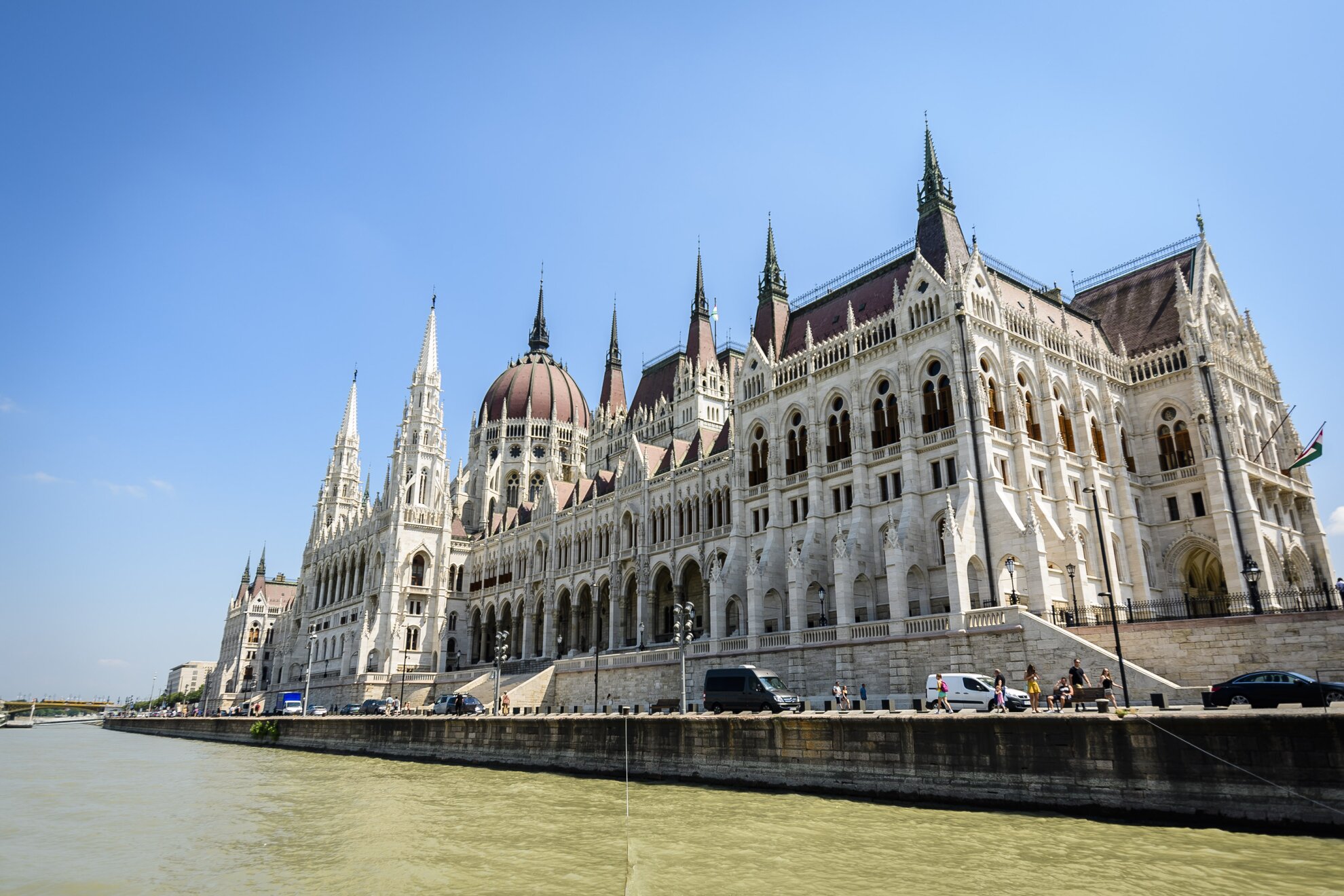
Steindl’s love of Gothic wasn’t without foundation. He dedicated his whole life to the Middle Ages and – just after turning 30 – became a professor of medieval architecture at Budapest’s University of Technology. During his student years at its counterpart in Vienna, he extensively studied the historic buildings of Austria-Hungary with Friedrich Schmidt, architect of the Vienna City Hall.
He went on solo study trips along the Rhine and to France, later passing on impressions of what he had seen to his students in Budapest. Before becoming a teacher himself, he was the brightest student in his year and was granted an exemption from university exams.
Steindl would go on to receive several prestigious prizes for his achievements, and was elected a honorary member of the illustrious British Royal Institute of Architects.
Although Parliament is undoubtedly his
greatest creation, other designs still stand out, such as the campus of ELTE’s
Faculty of Humanities on Múzeum körút and the University of Veterinary Medicine
on Rottenbiller utca.
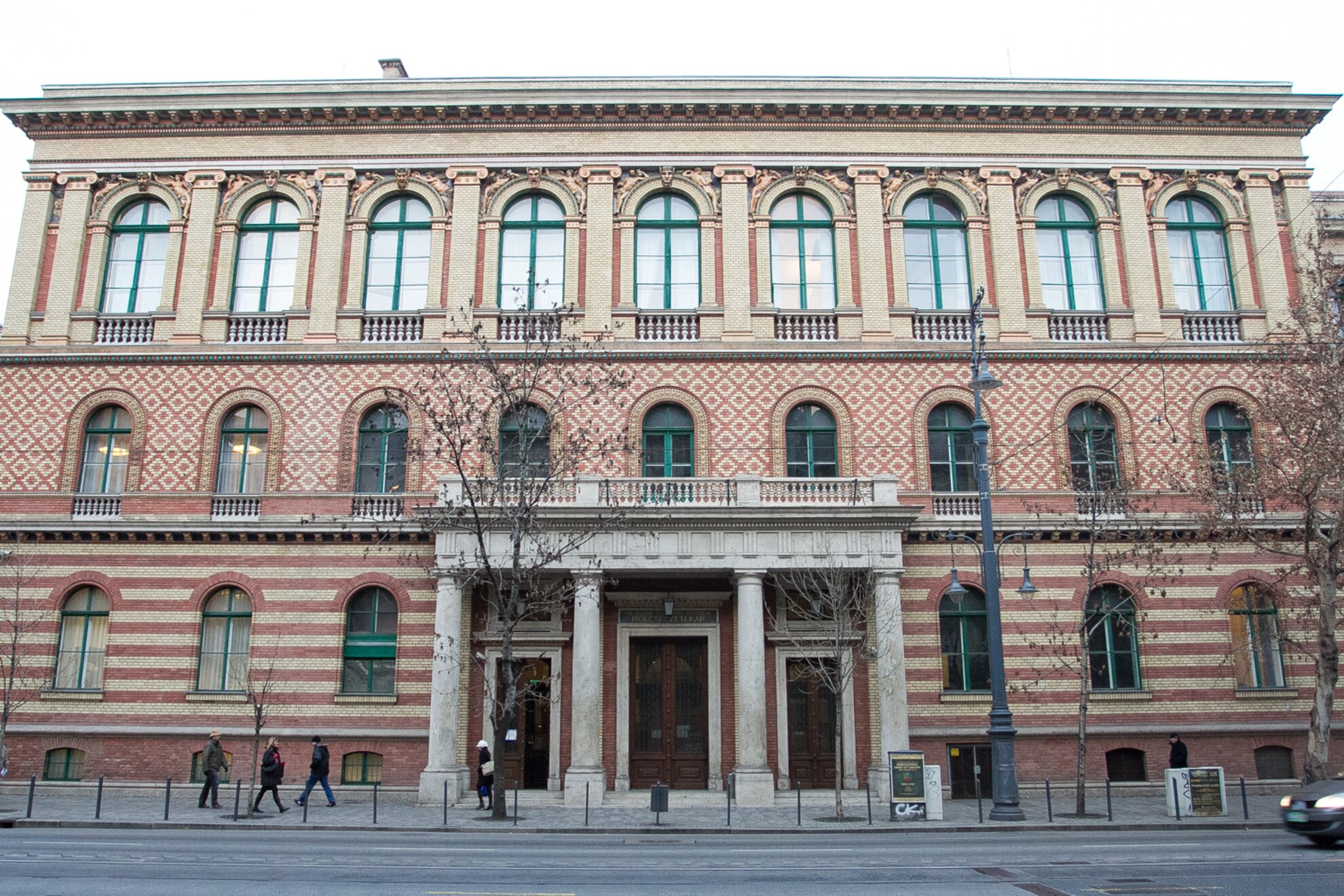
The New Town Hall at Váci utca 62-64 is also another of his works, one which he originally designed in Gothic style but had to change his plans under pressure from the commissioning party and switch to the less controversial features of Neo-Renaissance.
For Szent Erzsébet Parish Church on Rózsák tere, Steindl came up with five different – but equally magnificent – designs. The eminently Gothic version is the one you see on Rózsák tere today.
After expending all his energy on bringing his monumental masterpiece to life, Imre Steindl passed away five weeks before Parliament’s completion in 1902.
Imre Steindl's artistic spirit
“The great master Steindl was imbued with a true artistic spirit, a huge creative force. He never sought entertainment, nor did he relax. He found all his joy in his art, to which devoted his life,” – the British Royal Institute of Architects.
In his obituary of the celebrated architect, Steindl protégé Károly Csányi described him thus: “His straightforward, outspoken manner may not have pleased everyone but those who knew him understood that his heart was filled with goodness”.
